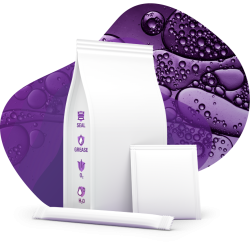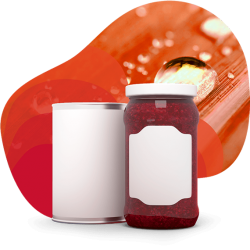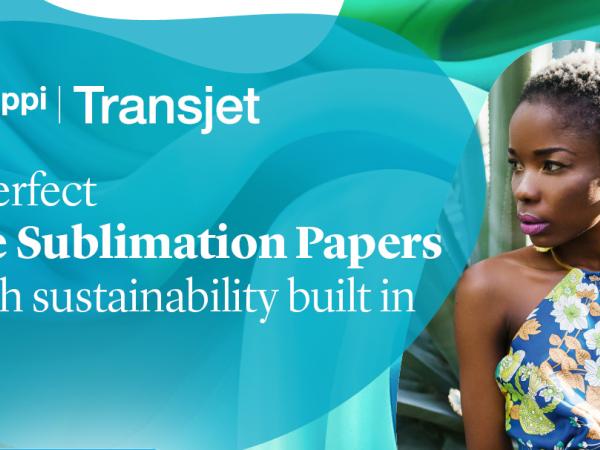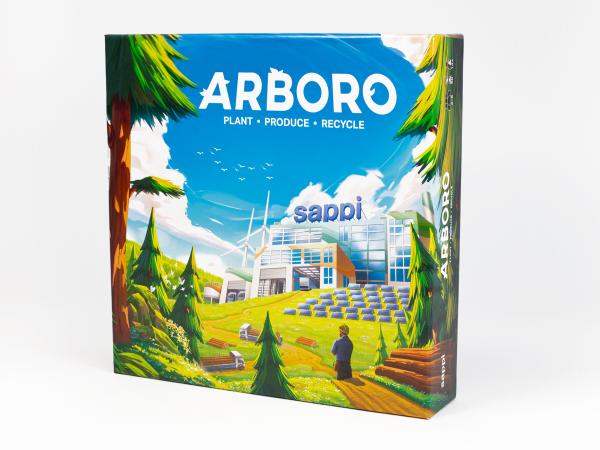
Working together for increased sustainability: barrier packaging paper meets machine manufacturer
Sappi and Rovema seal partnership with their first successful collaborative project
One of the key concerns of the packaging industry is the development of sustainable value chains and environmentally friendly packaging processes. With this in mind, the machine manufacturer Rovema and the speciality paper manufacturer Sappi, two international leaders when it comes to sustainability, have entered into a strategic partnership. The two companies now cap their previous development work with the first successfully completed project for a well-known cereal manufacturer that switched its fully automated production to paper-based, sealable barrier pouches.
- Paper-based barrier packaging solutions
- High precision in the interaction between material and machine
- Minimized loss of performance during material changeover
Sappi is a leading provider of sustainable wood fibre products and material solutions. Rovema was particularly impressed by Sappi’s expertise in packaging and speciality papers with integrated barrier properties and sealability. Like Sappi, the packaging machine manufacturer from Fernwald, Germany, strives for continuous development as a ‘sustainable company’ as part of its firmly established mission statement. In addition to its approach of optimizing existing machine technology, such as the service life of wear parts and general recycling management, Rovema pays special attention to the idea of transitioning packaging materials. This involves reducing the use of plastic film and moving towards paper-based solutions and recyclable plastic materials.
The exceptional quality of Sappi's products, its consultation service, portfolio and the outstanding properties of its barrier papers shone through. The two companies have been in partnership since 2018 and have developed integrated packaging solutions as a complete package for customers that are looking to prepare for the future and establish a strong foothold in the market.
Paper-based packaging materials in the packaging process
‘There are not many paper manufacturers that can combine key properties such as barrier functions and sealability,’ says Peter Lökös, Vice President Sales at Rovema GmbH, in relation to the new cooperation between his company and Sappi. ‘It was clear to us from the very beginning that we would stand to benefit substantially from developing our customer projects in direct cooperation with Sappi. The considerable knowledge and experience of the speciality paper experts enabled us to take a big step forward.’ This is because, unlike in the case of pouches and flat bags made from composite materials, as the more sustainable, paper-based alternatives need to be handled with far more care during the production process. In automated packaging processes, for example, paper tolerates only a small amount of tension transfer and tears more easily. The perforation resistance of the paper used also needs to be taken into account much more during filling.
René Köhler, Head of New Business Development Packaging Solutions, Division Innovation & Sustainability at Sappi, understands how important it is to have a precise understanding and analysis of the application demand, in order to choose the right paper qualities. ‘There is no need to use a high-barrier paper such as Sappi Guard OHG if a lower version such as Sappi Guard Nature MS can offer the necessary protection and functionality. To achieve top-class results, detailed knowledge of the product requirements on the one hand and the specific properties of the different papers on the other hand is very important for ultimately making the choice of packaging material.’
Performance precision makes the difference
High precision in the overall movement sequence of the equipment is also required to ensure successful use of environmentally friendly packaging materials – something which is a unique selling point of Rovema. In contrast to its competitors, the machine manufacturer relies on completely servo motor-driven conveying and sealing technology. In addition, all steps from forming to sealing the pouches are perfectly synchronized down to the finest detail to minimize the stress on the packaging material.
Strong partners for customers
Thanks to this collective expertise and integrated cooperation of both partners, the typical performance losses of 30 per cent or more when switching to a paper-based packaging material were reduced to just 10 to 15 per cent in the pilot project. Two further application projects are already in the development stage. The two companies are also well positioned to successfully implement paper-based packaging solutions for future customer demands. The focus will be on implementation for high-throughput applications in the area of confectionery and snacks. The two partners will present the initial results soon.
About Rovema:
ROVEMA GmbH has been developing and building packaging machines and systems that meet the complex demands of the modern circular economy for over 60 years. ROVEMA adopts a holistic approach and takes the environment, market, product and packaging in projects into account from the very beginning. This enables the development of efficient, future-proof packaging machines with high availability. The top priority for ROVEMA is a sustainable solution that meets the needs of the product being packaged as well as the requirements in terms of logistics, packaging materials, shelf life and energy efficiency. A blueprint for success – ROVEMA has supplied more than 30,000 machines and systems worldwide and employs over 600 people. ROVEMA achieved a turnover of around €100 million in 2019.
Images for this press release
Credits: Sappi Europe

Image 1: Peter Lökös, Vice President Sales, Rovema GmbH.

Image 2: René Köhler, Head of New Business Development Packaging Solutions, Division Innovation & Sustainability at Sappi.

Image 3: First success together: Rovema and Sappi develop a fully automated production line with a paper-based, sealable barrier pouch for a well-known cereal manufacturer.

Image 4: Thanks to high precision and perfect synchronisation of the overall motion sequence of the machine system, the typical performance losses of 30 per cent or more when switching to paper-based packaging material were reduced to just 10 to 15 per cent in the pilot project.
Download press release with images in DE/EN/ES/FR/IT







